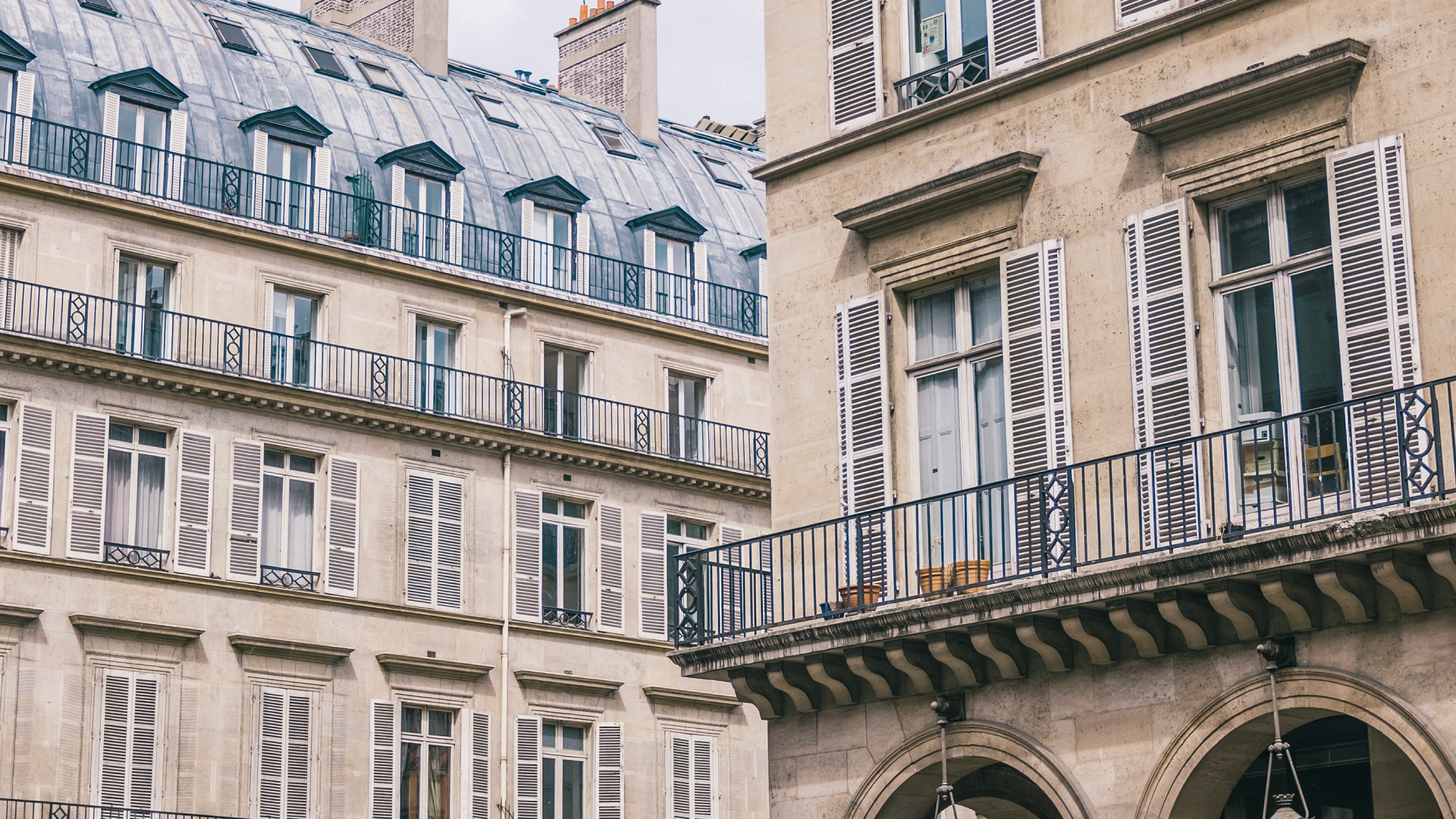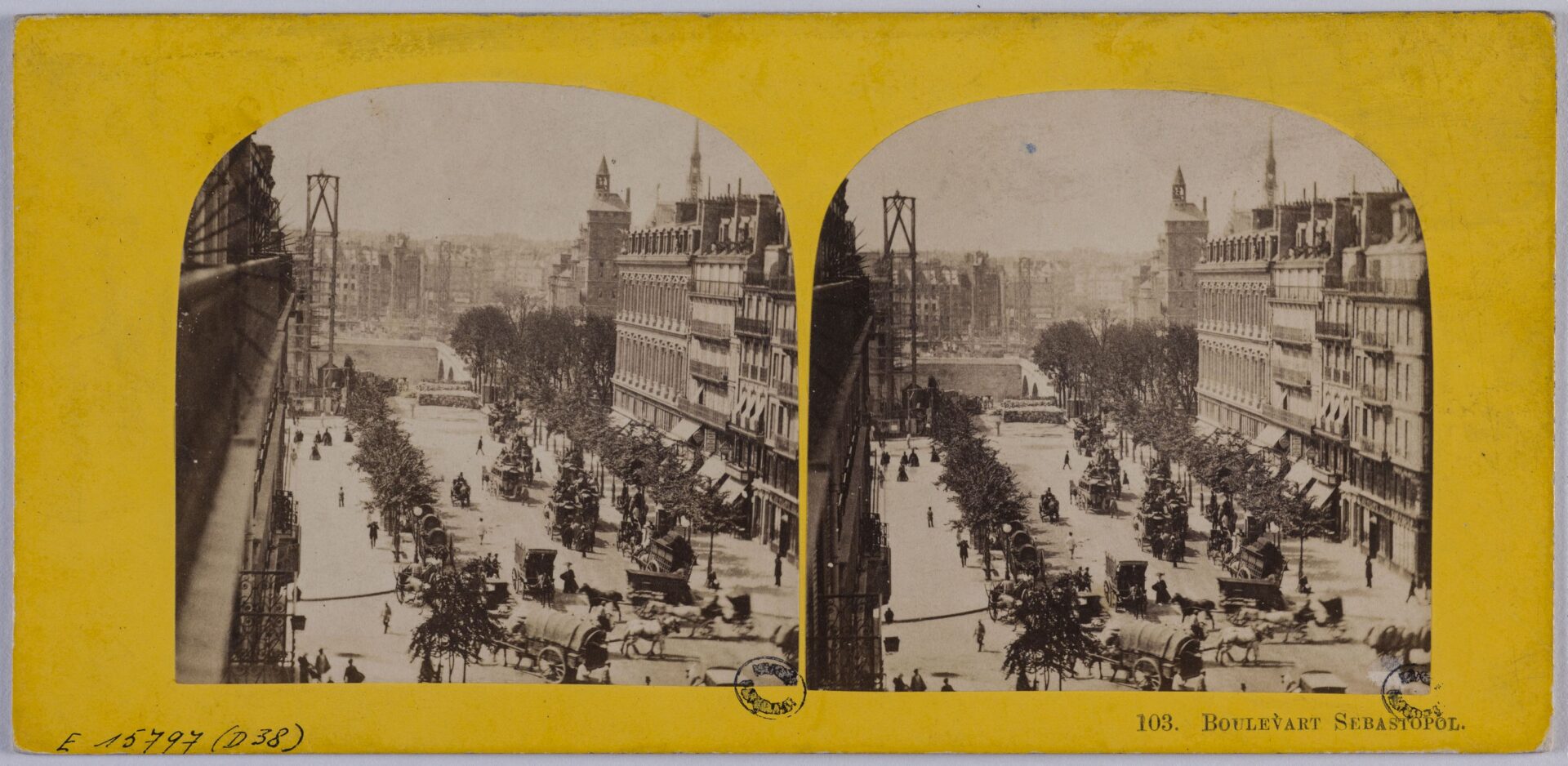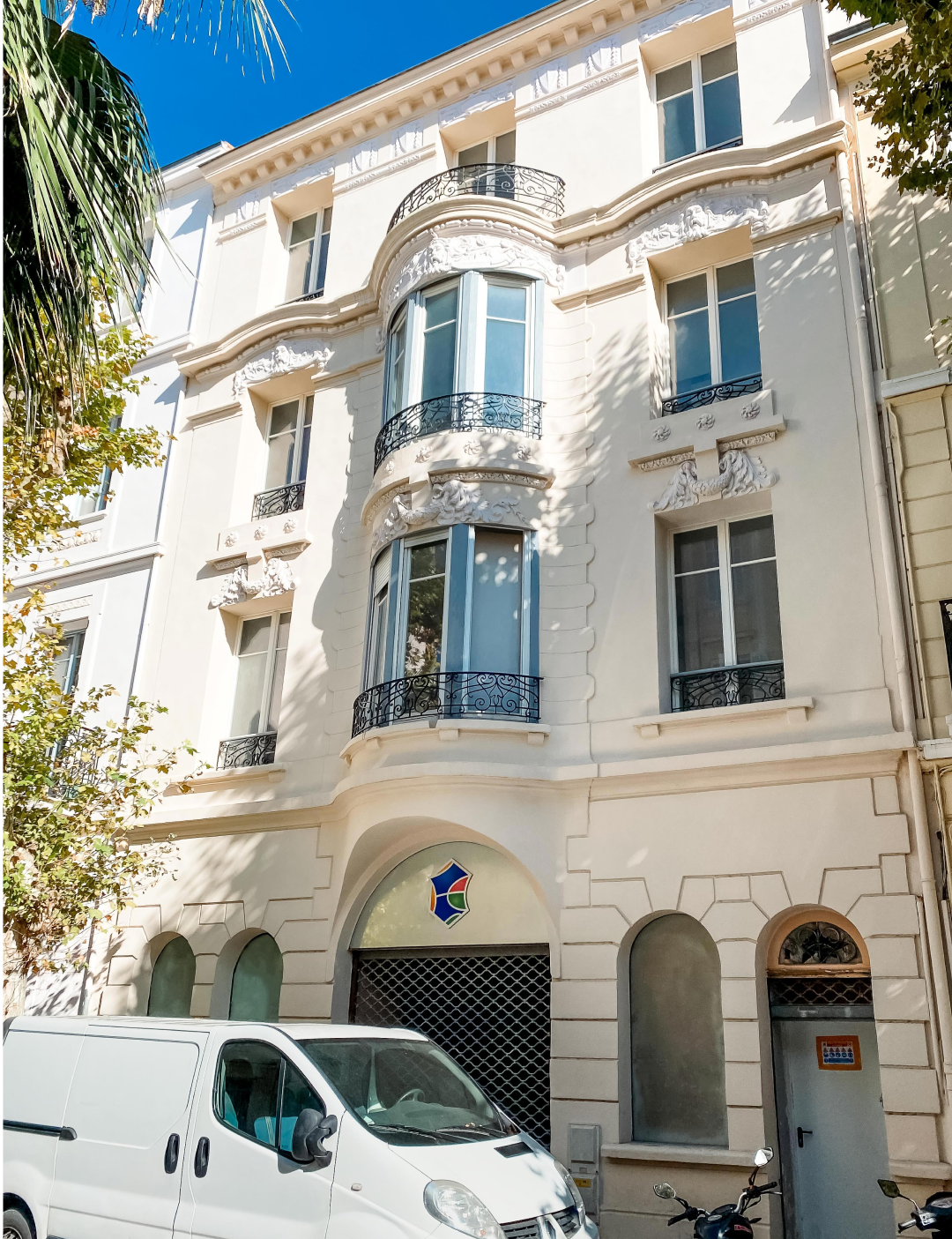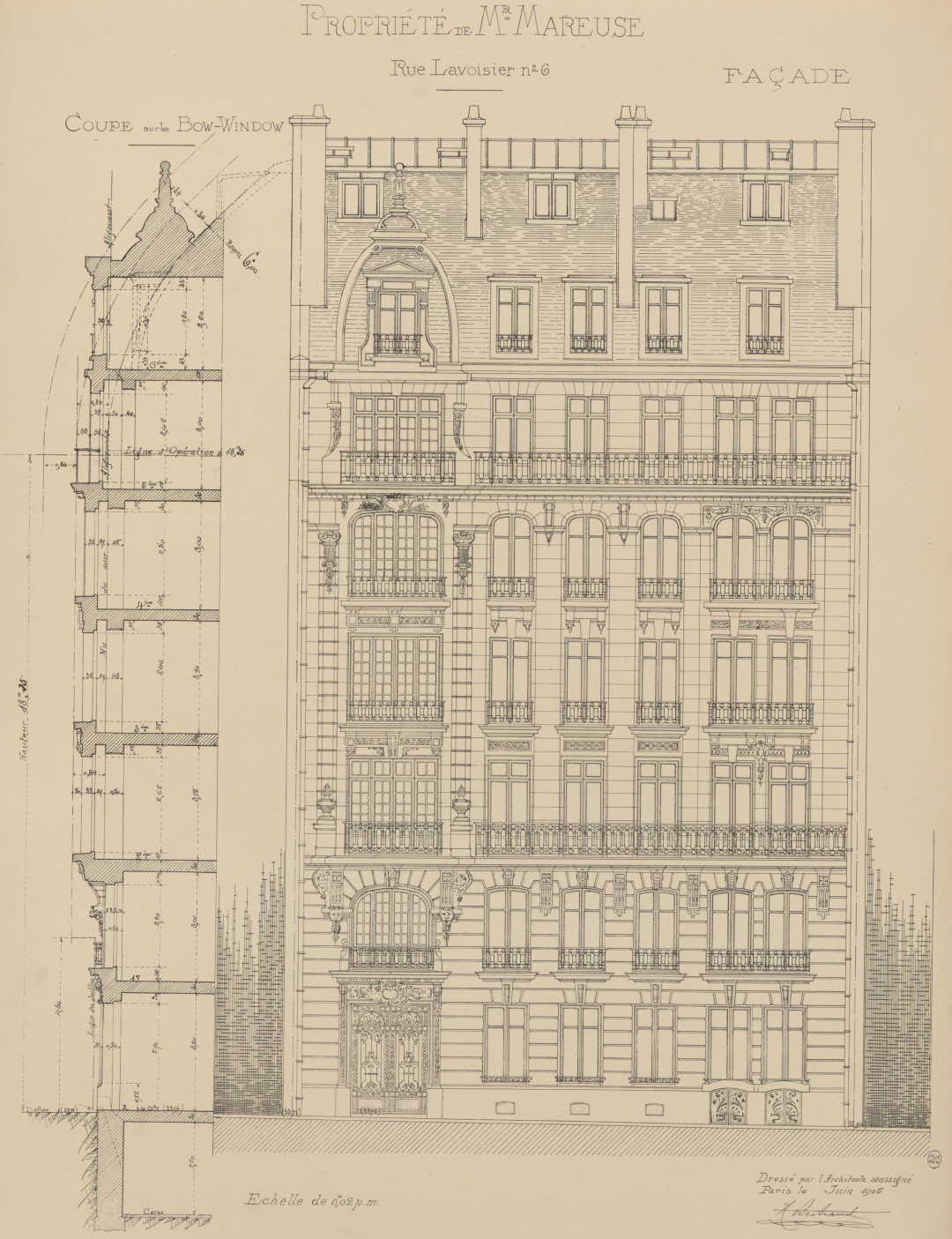Gueule de Loup Wood Windows and Doors: A Historical and Sustainable Design Element

Evolution
During the 17th and 18th centuries, an increasing desire for light and bright indoor spaces led to rapid innovation in window design, with the invention of ‘Gueule de Loup’ wood windows and doors in 19th-century France proving particularly transformative in terms of engineering. These significant advances endured and set the course for window design right into the 20th century. No other facade feature has been the subject of so much discourse and the fundamental nature of the window ensures this will continue long into the future.
Windows and Gueule de Loup wood windows in particular, hold important historical information. They reflect the social status of the building’s owner, the aesthetic aims of the architect and the level of craftsmanship in relation to the period in which the windows were made. These beautiful historic windows are now subject to the oversight of monument protection authorities tasked with the preservation of historic and listed buildings.
Historic window designs, including Gueule de Loup, can now be reproduced using the latest CNC technology. The team at Mestre Raposa International® has spent years developing and perfecting the production of high-quality, sustainable, historic windows that also meet current legal requirements.
Since historic windows and doors are more expensive to produce than the usual standard wooden windows, Mestre Raposa International’s Gueule de Loup windows can also be made in Accoya wood on request, upon which Mestre Raposa is able to grant a 50-year guarantee: reassurance that your investment will last long into the future.

The Build:
The unusual name, Gueule de Loup, meaning ‘Wolf’s mouth’, describes a closure system where the vertical interlocking parts of the frame are rounded rather than angular. When the two sides meet, a concave semi-circle (the wolf’s mouth), enfolds a solid, convex curve (often referred to as the ‘sheep’). Once engaged, the roundness of the joint creates a seal through which little to no air can pass: a level of insulation unobtainable in angular closure systems without the use of additional weatherstripping.
The Fittings:
Gueule de Loup windows utilise either Espagnolette or Cremone vertical bar closures: surface-mounted hardware that can be used as a decorative embellishment in a range of styles to suit the building and its interior. Reproduction side hinges are also available to complement the character of a period property.
Sustainable and Ecologically Sound:
All wood used in the production of Mestre Raposa International’s wooden windows and doors comes from renewable sources within Europe. Wood is a toxin-free material which, with a little judicious care, has a tremendously long lifespan.
The physical nature of the Gueule de Loup closing system eliminates the need to use environmentally harmful seals or fillers, making these windows as perfect a choice for new, ecologically minded build projects as they are for the restoration of listed and historic buildings.
As one of the leading specialists for historic wood windows and doors in southern Europe, Mestre Raposa International® is perfectly positioned to advise you on your next project. Book an appointment to visit our showroom and discover how Gueule de Loup windows and doors, a 19th century French innovation, are a sound investment for your property and your future.

